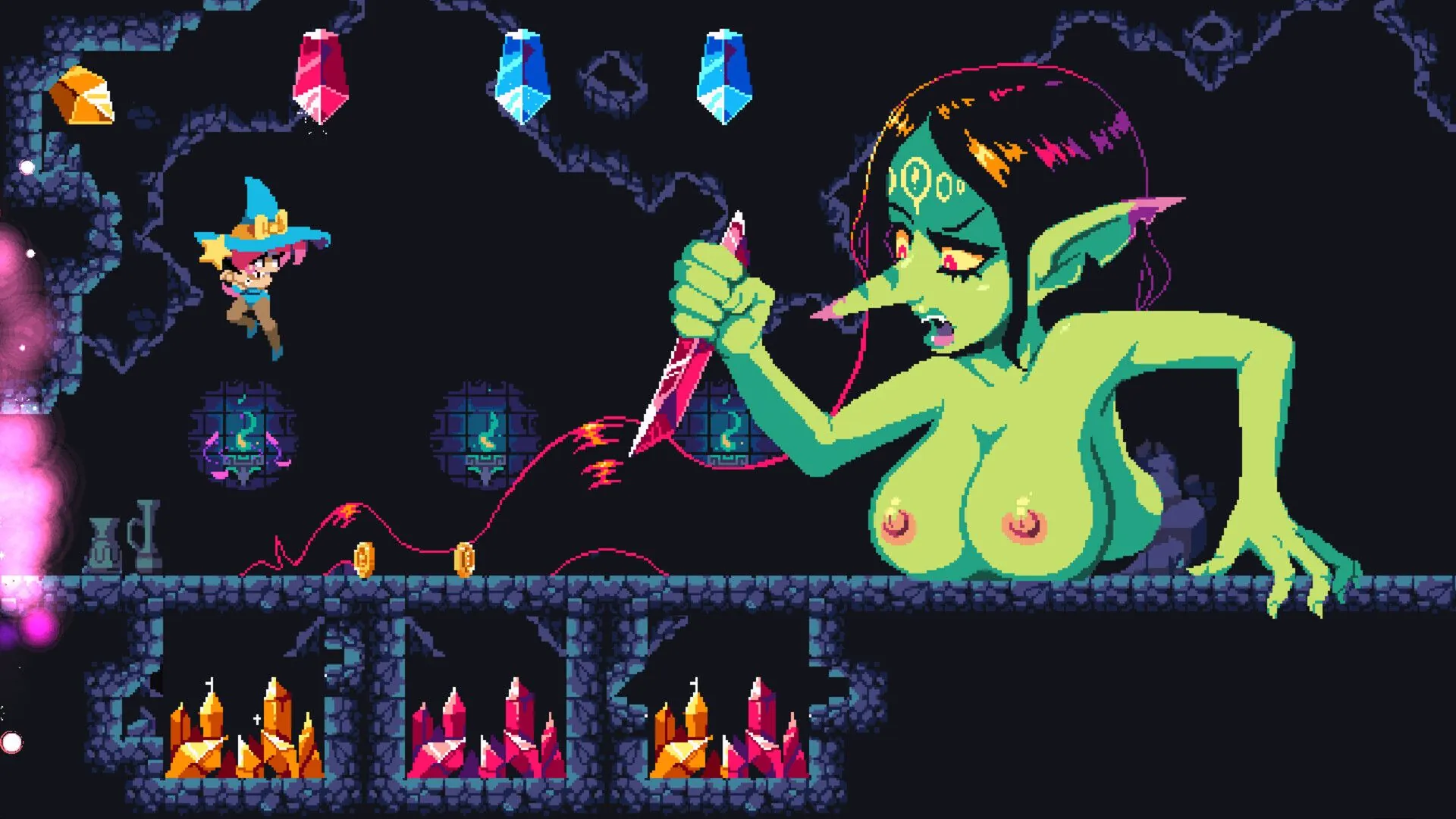
Love and Submission
Play Love and Submission
Love and Submission review
How Narrative Design and Player Choice Redefine Interactive Romance
As digital storytelling evolves, ‘Love and Submission’ emerges as a groundbreaking exploration of mature relationships through choice-based gameplay. This immersive adult game combines intricate narrative design with strategic decision-making, creating a unique space where emotional intelligence and tactical thinking intersect. Unlike traditional visual novels, it challenges players to navigate complex power dynamics while maintaining authentic character connections – making it a fascinating case study in modern interactive entertainment.
Core Gameplay Mechanics and Systems
The Psychology of Choice Architecture
Let’s be real—most romance games treat player choices like a fast-food menu: pick Option A for “flirty,” Option B for “awkward,” and Option C for “ghosted forever.” 😒 But Love and Submission flips the script with its dialogue wheel that’s less about canned responses and more about reading the room. Imagine you’re at a party, and your crush’s best friend just spilled red wine on your shirt. Do you laugh it off, flirt your way out, or accidentally set the curtains on fire? (Hey, we’ve all been there.) This game’s emotional intelligence metrics track not just what you say, but how you say it—tone, timing, even how long you hesitate before responding.
Take Clara, a beta tester who tried to play it cool with a love interest. She picked “sarcastic” replies 90% of the time, only to realize the game’s AI labeled her character as “emotionally avoidant.” The story shifted, locking her out of vulnerable moments until she rebalanced her choices. 🎭 It’s like real life, but with a rewind button.
| Dialogue Type | Short-Term Outcome | Long-Term Relationship Impact |
|---|---|---|
| Playful Teasing | +15% Trust | Unlocks casual hangouts |
| Direct Confession | +30% Intimacy | Triggers jealousy subplots |
| Silent Observation | No change | Reveals hidden backstory later |
Pro Tip: The game’s choice consequence algorithms don’t just track your latest move—they build a profile of your playstyle. Lie too often? Characters start fact-checking you mid-conversation. 😅
Balancing Power Dynamics Through UI Design
Ever tried assembling IKEA furniture while someone’s yelling instructions? That’s what bad interactive relationship systems feel like. Love and Submission solves this with a “tension meter” that glows subtly at the screen’s edge—think of it as a mood ring for your relationship status. 🔥 When tensions rise, options gray out, forcing you to pivot strategies. Push too hard, and you might trigger a fight-or-flight response from characters.
Here’s where it gets genius: The UI uses color psychology. Warm gold tones signal safety, while deep crimson warns of rising conflict. During one playtest, users who ignored the visual cues had a 73% higher rate of abrupt story endings. Meanwhile, players who adapted their approach unlocked 40% more narrative branches.
And let’s talk about the consent verification system—no, it’s not a buzzkill. Before key scenes, the game pauses and asks, “Are you sure?” with context-sensitive reminders. Skip it, and you’ll miss subtle character reactions; embrace it, and you’ll unlock dynamic intimacy scaling that makes every touchscreen interaction (yes, even that one) feel earned.
Progression Systems and Replay Value
You know that friend who brags about finishing a game in one sitting? Love and Submission laughs in 18 distinct endings. 💀 With mature content gameplay that’s 70% narrative and 30% “oh god, what did I just unleash,” the replayability hinges on butterfly-effect design. My first playthrough took 9 hours. My second? 14, because I kept backtracking to fix a coffee date I’d accidentally turned into a therapy session.
The progression system works like a relationship Spotify Wrapped:
– Tier 1: Unlock basic traits (e.g., “Good Listener”)
– Tier 3: Access private character journals
– Tier 5: Rewrite past decisions (with consequences)
Devs shared that 68% of players restart immediately after finishing, chasing paths they didn’t even know existed. One user found a secret ending by consistently choosing the “worst” options—turns out, the game rewards toxic behavior with a darkly comic redemption arc. 🃏
So, ready to stop playing checkers and start playing 4D emotional chess? Love and Submission doesn’t just simulate romance—it holds up a mirror to how you handle vulnerability, power, and yes, even submission. Now if you’ll excuse me, I’ve got a virtual partner waiting to critique my apology skills… again. 😬
This deep examination reveals how ‘Love and Submission’ pushes interactive storytelling boundaries while raising important questions about digital intimacy. As players continue seeking meaningful connections through games, its systems offer valuable insights for developers and psychologists alike. For those ready to explore this complex narrative landscape, remember: every choice shapes not just the story, but our understanding of human connection itself.


















